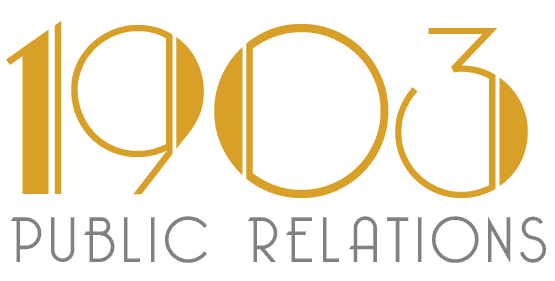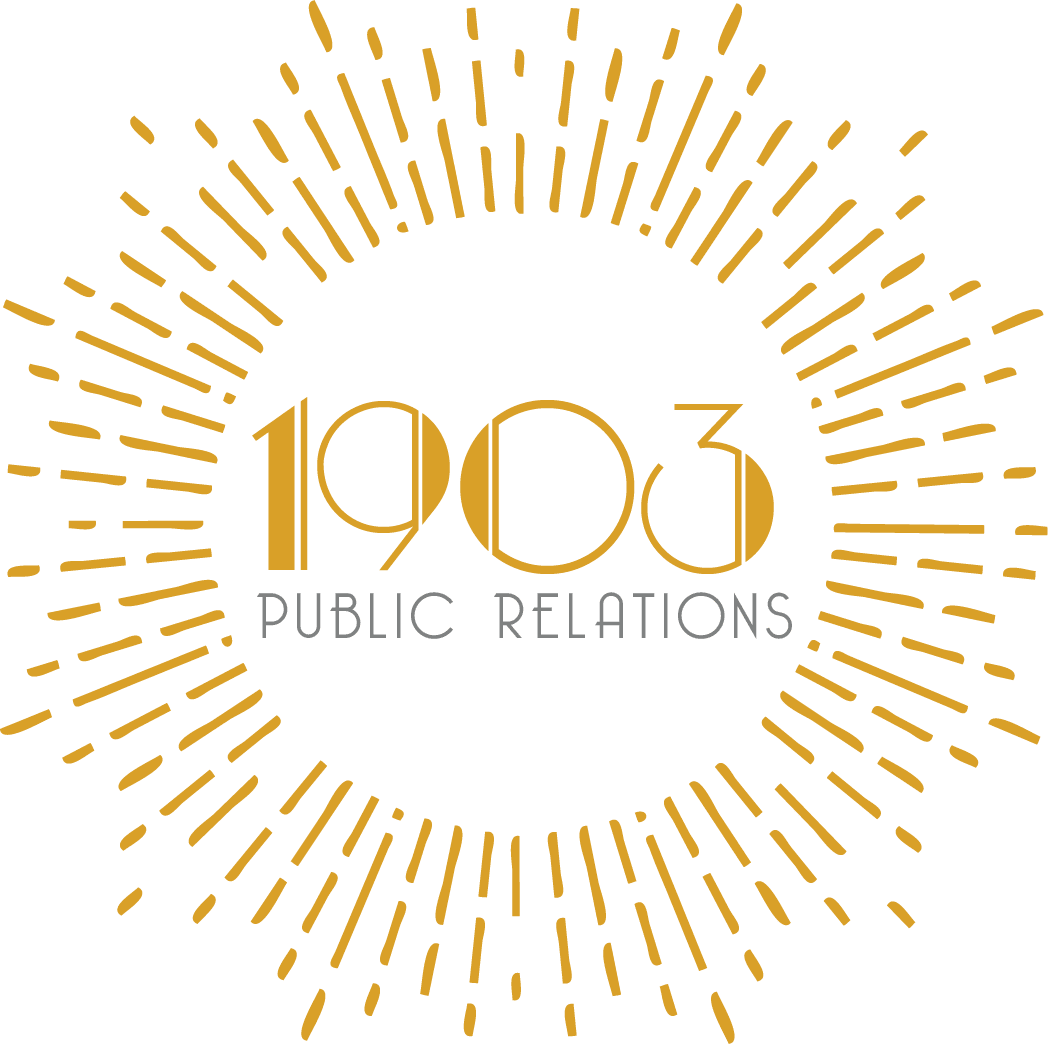By: Cara Sutherlan, 1903 Public Relations
Everyone wants to be the front page story on The New York Times. We want that for you too! Many prospective and current clients dream of being featured in top national tier media – the outlets that reach people all around the country (and often, the world) and grant instant credibility to any positively featured company.
It wouldn’t be such an attractive prize if it were easy to get. These reporters receive hundreds of pitches a day and are on call to report breaking news. Getting their attention – and sustaining it all the way up to when a final story publishes – presents unique challenges. Here’s what you should know if you want to stand out against the noise.
Identify the Right Publications & Reporters
It’s always a good thing when our clients keep up with the news and recognize the reporters and publications that cover their industry. We are always developing and nurturing media relationships as part of a long-term strategy, but it’s important to understand that coverage is never guaranteed no matter how close you are with a reporter. It’s all about timing, creativity, hard work and sometimes, luck.
A Forbes reporter, for example, may be the perfect target for a story about AI, but they may be unreachable during a campaign for a number of reasons: they’re on vacation or parental leave, covering a breaking story with no bandwidth for pitches (think Sam Altman’s firing and rehiring in November 2023), attending an industry event and covering news there, or may even impacted by layoffs. As your PR team, we keep ourselves up-to-date with reporters’ current coverage areas and schedules in order to conduct thoughtful and impactful outreach.
It’s also important to keep in mind that not every reporter or publication will be the right fit for the space that your company occupies. Sustainability coverage, for example, has many focuses. From biodiversity, to renewable energy, to capturing emissions, reporters typically have a defined coverage area within a larger topic, so a reporter who covers the effects of climate change may not be the right target for a story about emerging technology.
Similarly, not all national-level publications are the best targets for every story but have specific focuses. Some examples include:
- Business Insider: highly interested in VC decks and how people, from founders to employees, are navigating business trends
- TechCrunch: largely covers FAANG companies and funding for startups
- WIRED: best known for investigative journalism and deep dives into different tech topics
While our goal is always to secure great media opportunities, at the end of the day, we’re running alongside the news cycle and the reporters who keep moving along with it. Understanding reporters, their publications and how you fit in that space goes a long way toward developing a viable route to being featured here.
Create Newsworthy Storytelling
To secure national tier coverage, you need to tell a big story with broad appeal that moves away from just your niche corner of the industry, describing why it is important, impactful and unique. Not all company news will fit that criteria: your company’s 50th anniversary could be noteworthy in the city you’re headquartered in, or your new product may be novel in its specific marketplace, but that doesn’t mean USA Today or CNN will be interested.
What makes an announcement ready for national-level coverage? The two big elements are storytelling and newsworthiness.
- Storytelling is shaping the information you want to share into a compelling package for a reporter. Your PR team will work with you to shape all possible elements of your announcement, company history, spokespeople, customers and more to create a story worth telling the world.
- Newsworthiness will either be inherent to your story or can be referenced when we pitch to reporters. If your startup has raised a significant, eyebrow-raising amount of money, that in itself is newsworthy. Because that won’t always be the case, we can find ways to reference current news to tie your story into media conversations.
Both these elements are essential to grabbing reporters’ attention and answering the million dollar question: Why is this story significant and interesting to a massive audience?
Develop Internal Readiness & Eagerness
National-level reporters move fast – that means at a certain point, the baton moves to you and your own internal team to make the magic happen.
The most crucial aspect of this is ensuring that all potential spokespeople can make room in their schedules for an interview. It’s important to be flexible to the reporter’s schedule and not expect them to accommodate your limited availability. This is especially important if the interview is for an embargoed announcement with a set date. The more time a reporter has to write the story, the higher chance it will be published.
Even if a reporter has expressed interest in covering your news, don’t count your chickens before they hatch – until that story has been published, the story can be pulled if it’s incomplete due to lack of responsiveness or cooperation. Your PR team can secure the opportunity, and the reporter can do their part to show up, but you’re the third element of making the story happen – so be sure to help everyone involved do their job and get the news out into the world!
Are you ready to be front page news?
Reach us at info@1903pr.com if you’d like to discuss how 1903 PR can handle your media relations.
Schedule a Meeting Today


